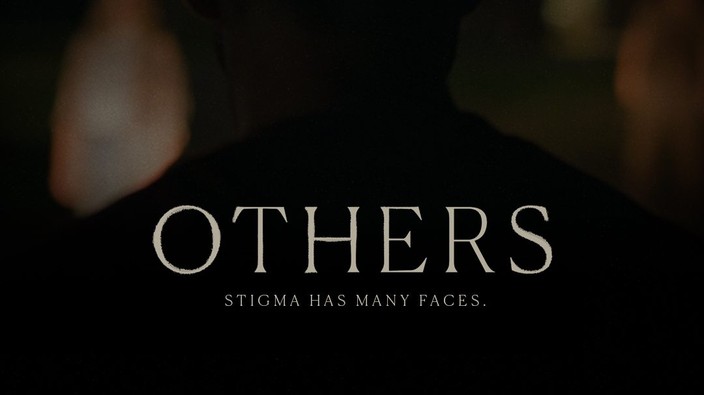i think it took us seven months before we finally found peter. we wanted to find someone who understood the role and had the performance experience as well. it is a subjective character study; he’s there in every scene. it was a tall order. i think casting is always the trickiest thing when it comes to making a film, and when we found peter [it] just felt like a real eureka moment.
how did you approach filming, knowing that these are very real experiences vulnerable populations have experienced?
by the time you get on set, you hope you have done your homework and you are trusting all the preparation that you have done. the script went through a lot of different iterations, but also passed through a lot of different hands in terms of having a lot of different sets of eyes, both within bensimon byrne and opc, but also casey house. not just people who work at casey house and have served on the board, but clients and people who volunteer [with] and have used casey house.
i think if you are careful and considerate with how you are preparing for a film, it is easier to trust when you are on set the day of.
for the documentary stuff, it was the same thing. i had the opportunity to have a pre interview, meet with all the subjects [and] just walk them through what the process was going to be. you are asking them really personal questions, and they are sitting on a stage with a bunch of crew looking at them, [there are] two cameras — it is innately the most uncomfortable space to have a conversation with someone. but, really, [i] just tried to give them the floor. i told them that it’s not about the questions. it’s not about trying to shape the conversation in any way. it was just giving them the space and the time to speak about whatever it was that they wanted to speak about, in terms of how they chose or chose not to bring certain awareness to the experience of living with hiv.
